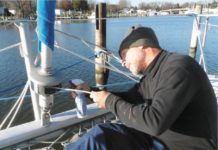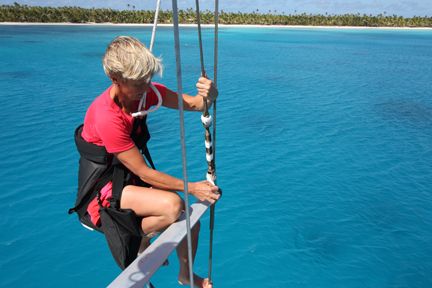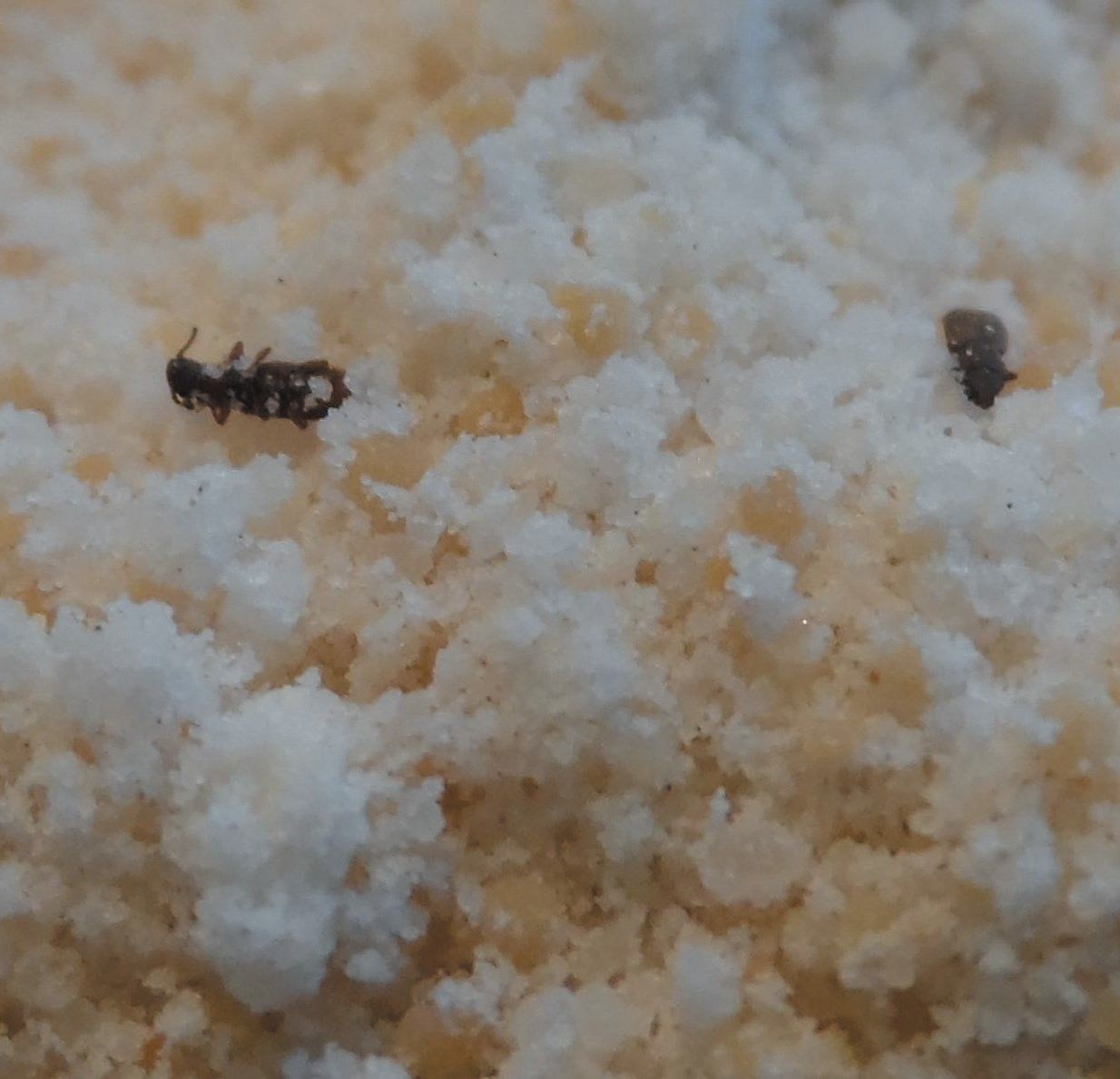Pocket Cruisers Unite!
Anytime you talk about pocket cruisers you have to clarify what you mean, for the term is loosely applied to a wide range of small boats, some with very little in common besides displacement. Size is certainly a factor, but size is relative. Ive seen 26-feet length overall (LOA) being a commonly cited as the upper limit for the pocket appellation, and that seems about right, although a few decades ago a 26-foot sailboat was called something else-a yacht.
Canada’s “Tall Ship” Still Pulling Duty After a Century
It is not often that one can say a navy ship is pretty or beautiful. But the Royal Canadian Navy (RCN) actually does have...
Five Best Gasoline and Diesel Transfer Tools
Caution. Do NOT use hoses or funnels that are not rated for gasoline to transfer gasoline. In addition to potential material compatibility problems, they...
NauticEd: The Best Way to Learn Sailing’s Rules of the Road
If you grew up sailing small boats, the basic rules about “when yachts meet” are now part of your DNA. Upwind, a boat on...
Five Best Homemade Sail Repair and Splicing Tools
I doubt there is a sailmaker out there who doesn’t have a few shop-built tools in daily use. Here are five of my favorites:...
Six Best Homemade Boat Maintenance Tools
OSHA has a thing against homemade tools. While a shortened extension on a paint roller won’t give them heartburn, modified power tools and attachments...
Five Best Specialty Tools
In fact our list is much, much longer than this, so we picked five specialty tools that we thought would help most sailors for...
Battle of the Teak Cleaners — Snappy Teak-Nu vs. Star Brite
Aboard our Privilege 435 catamaran Confianza, we are teak oilers, not varnishers. Accordingly, our teak needs regular elbow grease. In our (seemingly never-ending) quest...
How to Sell Old Sailing Equipment
There’s nothing more satisfying than installing a great new piece of equipment on your sailboat, unless it’s completing that upgrade and then selling the...
Plugged Through Hull Solution
My summer cruise took me up to the Discovery Islands just north of Desolation Sound off the coast of British Columbia with sailing buddy...


















































